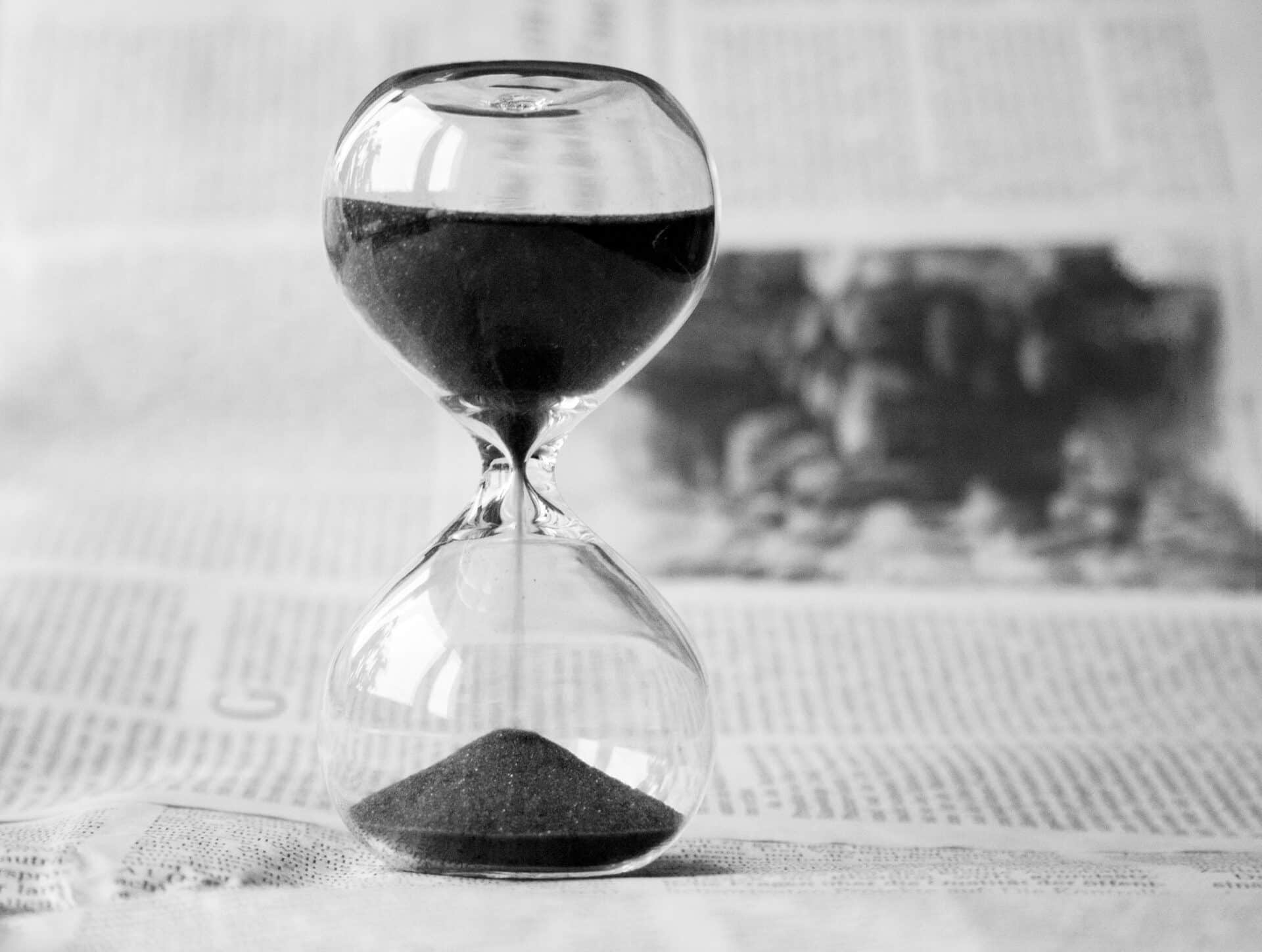VO2 Max: A Brief History
In the early 1920’s researchers identified that there was a limited amount of oxygen that the body could uptake and consume. Coined VO2max, this measurement is now a mainstay in the evaluation of cardiorespiratory fitness for both health and performance.

There is an existence of a finite rate of oxygen consumption that exists during intense exercise, of which no further effort will increase.
A.V. Hill and Colleagues 1923
Identification of VO2 Max
The pioneering work of A.V. Hill, Hartley Lupton, and colleagues in the early 1920’s was the first to identify that there was a limited amount of oxygen that the body could uptake and consume. Coined VO2 max, this measurement is now a mainstay in the evaluation of cardiorespiratory fitness for both health and performance. The brilliance of these researchers is highlighted by initial observations that were completed from bags carried by subjects as they ran. The participants were instructed to run at increasing speeds around an 85m track and then oxygen consumption values were plotted.
Normalization of VO2 Max Values
These values were all normalized relative to the participants body weight thus allowing for comparison of mass specific oxygen consumption across populations. Astrand and Saltin later confirmed that rises in oxygen consumption were a function of work rate and would not increase after certain outputs were reached. Currently, VO2 max testing involves participants running or cycling at increasing speeds/loads until they can no longer complete the required work. VO2 max is identified as the plateau in oxygen consumption even though intensity is still increasing.
Is There a True Max?
However, during intense exercise not all participants reach a plateau in oxygen consumption. Thus, leading to the speculation that a specific value for maximal oxygen consumption may not exist. Indeed, maximal oxygen consumption values vary depending on how quickly a protocol is completed as well as the modality of exercise. And while a true max value may be hard to measure, the utility of this measurement cannot be ignored. This is especially true at its upper and lower boundaries which demarcate higher probabilities of risk of cardiovascular events and prediction of success in endurance events.
Summary
Identified almost 100 years ago, maximal oxygen consumption is currently thought to be a great predictor of endurance performance when examining a wide variety of participants (untrained to highly trained individuals). But as endurance events are not completed at maximal intensity, it is thought that endurance performance is augmented by the ability to maintain adequate oxygen delivery to maintain cellular energy homeostasis at high intensities of exercise coupled to an economical transfer of chemical energy to mechanical energy. In the next post, the traditional predictors of performance (VO2 max, Threshold, and Economy of Movement) will be discussed.
